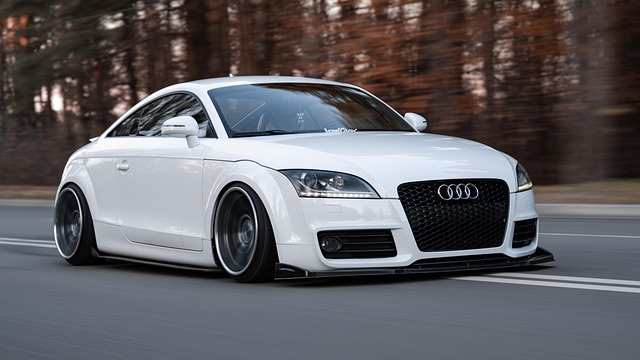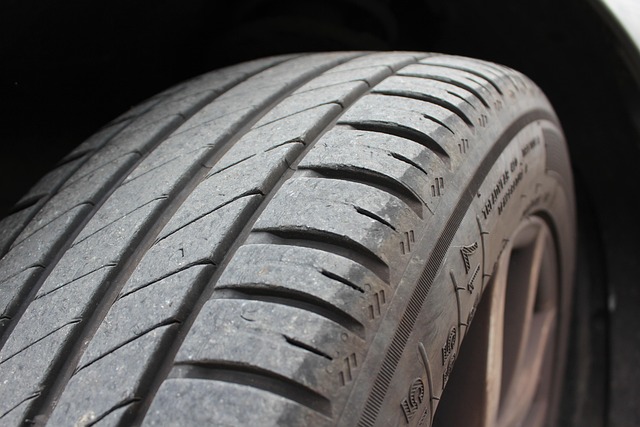Explore our Universal Vehicle Converters to quickly switch between metric and US customary units. Convert speed, torque, power, pressure, and temperature, or calculate real-world vehicle speed from wheel size and RPM. Ideal for drivers, engineers, and enthusiasts who need fast and accurate conversions on the go.
Universal Vehicle Converters
Fast two-way unit converters + a wheel/RPM → speed helper. Choose your preferred output system below.
Speed
Power
Torque
Pressure
Temperature
Wheel & RPM → Speed
Why vehicle unit conversions matter
The automotive world runs on numbers. Whether we talk about engine power, torque, tire pressure, acceleration, fuel economy, or temperature, every specification has a direct impact on performance, efficiency, and safety. Yet one of the most persistent challenges for drivers, mechanics, and engineers is that different regions use different measurement systems.
In Europe, Asia, and most of the world, the metric system is dominant. Units like kilometers per hour (km/h), kilowatts (kW), Newton-meters (Nm), bar, and Celsius (°C) are the everyday standards.
In the United States and a few other regions, the US customary system is more common. Drivers there measure speed in miles per hour (mph), power in horsepower (hp), torque in pound-feet (lb-ft), tire pressure in pounds per square inch (psi), and temperature in Fahrenheit (°F).
This mismatch often creates confusion when reading technical manuals, importing cars, traveling abroad, or working with international fleets. A universal vehicle unit converter eliminates these problems, offering quick and precise conversions across all important categories.
Speed conversions: kilometers per hour and miles per hour
Speed is perhaps the most frequently converted unit in the automotive world. One mile equals 1.609344 kilometers, which means:
-
60 mph ≈ 96.6 km/h
-
100 km/h ≈ 62.1 mph
This may look like a simple formula, but in practice it matters a lot — especially when moving between countries.
Real-world scenarios
A US driver visiting Germany may suddenly see road signs in km/h. When the autobahn sign shows 130 km/h, the driver must quickly understand it means about 81 mph. European cars imported into the US often have speedometers only in km/h. A conversion table or calculator is essential to avoid speeding tickets. Track day software may log speed in mph, but regulations and race data are published in km/h.
Speed limits around the world
-
United States – most highways: 65–75 mph (105–120 km/h)
-
United Kingdom – motorways: 70 mph (112 km/h)
-
Germany – autobahn: recommended 130 km/h (81 mph), often no fixed limit
-
France, Spain, Italy – highways: 120–130 km/h (75–81 mph)
-
Australia – highways: 100–110 km/h (62–68 mph)
Being able to quickly translate between these limits is essential for international drivers.
Power conversions: kilowatts and horsepower
Engine power is one of the most marketed vehicle specifications. However, the units differ. In Europe and Asia, power is officially measured in kilowatts (kW). In the United States, the traditional measure is horsepower (hp).
-
1 kW = 1.341 hp
-
1 hp = 0.7457 kW
Practical examples
-
A compact hatchback might deliver 74 kW → 100 hp
-
A mid-size sedan could have 150 kW → 201 hp
-
A muscle car with 400 hp translates to 298 kW
-
A Tesla Model 3 Performance motor rated at 340 kW equals about 456 hp
Why conversions are important
European brochures list kW, while American advertisements highlight hp. Electric vehicle motors are nearly always rated in kilowatts. Dyno charts may show hp while tuning software works with kW.
Torque conversions: Newton-meters and pound-feet
Torque measures rotational force. It tells you how strongly an engine can turn the wheels. The conversion factor is:
-
1 lb-ft = 1.3558 Nm
-
1 Nm = 0.7376 lb-ft
Typical torque values
-
Small hatchback: 150 Nm (110 lb-ft)
-
Family sedan: 250 Nm (184 lb-ft)
-
Diesel SUV: 400 Nm (295 lb-ft)
-
V8 muscle car: 500 lb-ft (678 Nm)
-
Electric car (instant torque): 600 Nm (443 lb-ft)
Why torque conversions matter
Torque is critical for acceleration, towing, and comparisons between US and EU spec sheets. Using the wrong conversion can lead to significant misunderstandings in vehicle performance evaluation.
Pressure conversions: bar and psi
Tire pressure is a safety-critical value. An under-inflated tire increases rolling resistance, fuel consumption, and risk of blowout. Over-inflation reduces grip and tire lifespan.
-
1 bar = 14.5038 psi
-
Typical passenger car tire: 2.2–2.8 bar (32–41 psi)
Real-life cases
A US traveler in Spain might see “2.5 bar” on the fuel station air pump. Race teams adjust tires with a precision of 0.1 psi. Off-road drivers lower tire pressures deliberately, but must avoid confusing bar with psi.
Temperature conversions: Celsius and Fahrenheit
Engines, transmissions, and tires are all temperature-sensitive. Knowing how to convert between °C and °F helps interpret technical manuals and warning lights.
-
°F = (°C × 9/5) + 32
-
°C = (°F − 32) × 5/9
Examples in vehicles
-
Engine coolant normal: 90 °C = 194 °F
-
Engine oil operating: 100–120 °C = 212–248 °F
-
Warning light at 250 °F = 121 °C
Wheel size, RPM, and vehicle speed
Vehicle speed depends on tire circumference and wheel RPM. The formula:
Speed (m/s) = Circumference (m) × RPM ÷ 60
Tire size conversions
A 205/55R16 tire has a diameter of ~0.63 m. Circumference ≈ 1.98 m. At 800 RPM the car’s linear speed is around 95 km/h (59 mph).
Why this is useful
Changing tire size alters speedometer readings. Larger off-road tires modify gearing and speed. Race engineers rely on precise calculations to optimize gear ratios and predict top speed.
Common mistakes and dangers of wrong conversions
Tire pressure errors are the most dangerous. Confusing psi and bar can double or halve the correct pressure, leading to blowouts. Speed misunderstanding is another common mistake: driving 100 mph thinking it’s 100 km/h means going 60% faster than expected. Torque miscalculations can damage transmissions. Misreading oil or coolant temperatures may cause overheating and catastrophic engine failure.
Vehicle categories and typical values
Small cars
-
Speed: 160–180 km/h top (100–112 mph)
-
Power: 70–100 kW (95–134 hp)
-
Torque: 130–180 Nm (96–133 lb-ft)
Family sedans
-
Speed: 200–220 km/h (124–137 mph)
-
Power: 120–180 kW (160–240 hp)
-
Torque: 200–300 Nm (147–221 lb-ft)
SUVs
-
Speed: 190–210 km/h (118–130 mph)
-
Power: 150–220 kW (200–295 hp)
-
Torque: 350–450 Nm (258–332 lb-ft)
Sports cars
-
Speed: 250–330 km/h (155–205 mph)
-
Power: 300–450 kW (400–600 hp)
-
Torque: 400–700 Nm (295–516 lb-ft)
Electric vehicles
-
Speed: usually limited to 160–250 km/h (100–155 mph)
-
Power: 150–400 kW (200–540 hp)
-
Torque: 300–700 Nm (221–516 lb-ft), available instantly
Applications for different users
Drivers use converters to avoid mistakes on road trips and rentals. Mechanics service vehicles from any market. Import/export businesses translate brochures and technical sheets. Fleet managers unify mixed regional data. Motorsport teams integrate sensor data in mixed units. DIY enthusiasts restore classic imports or tune modern cars.
The Universal Vehicle Converters tool is not just a calculator but a complete solution for global drivers and professionals. By covering speed, power, torque, pressure, temperature, and wheel/RPM speed, it ensures accuracy across all important vehicle parameters. Whether you are driving abroad, tuning an engine, managing a fleet, or just checking tire pressures, this converter provides the precision and clarity you need.
Image(s) used in this article are either AI-generated or sourced from royalty-free platforms like Pixabay or Pexels.
Did you enjoy this article? Buy me a coffee!



